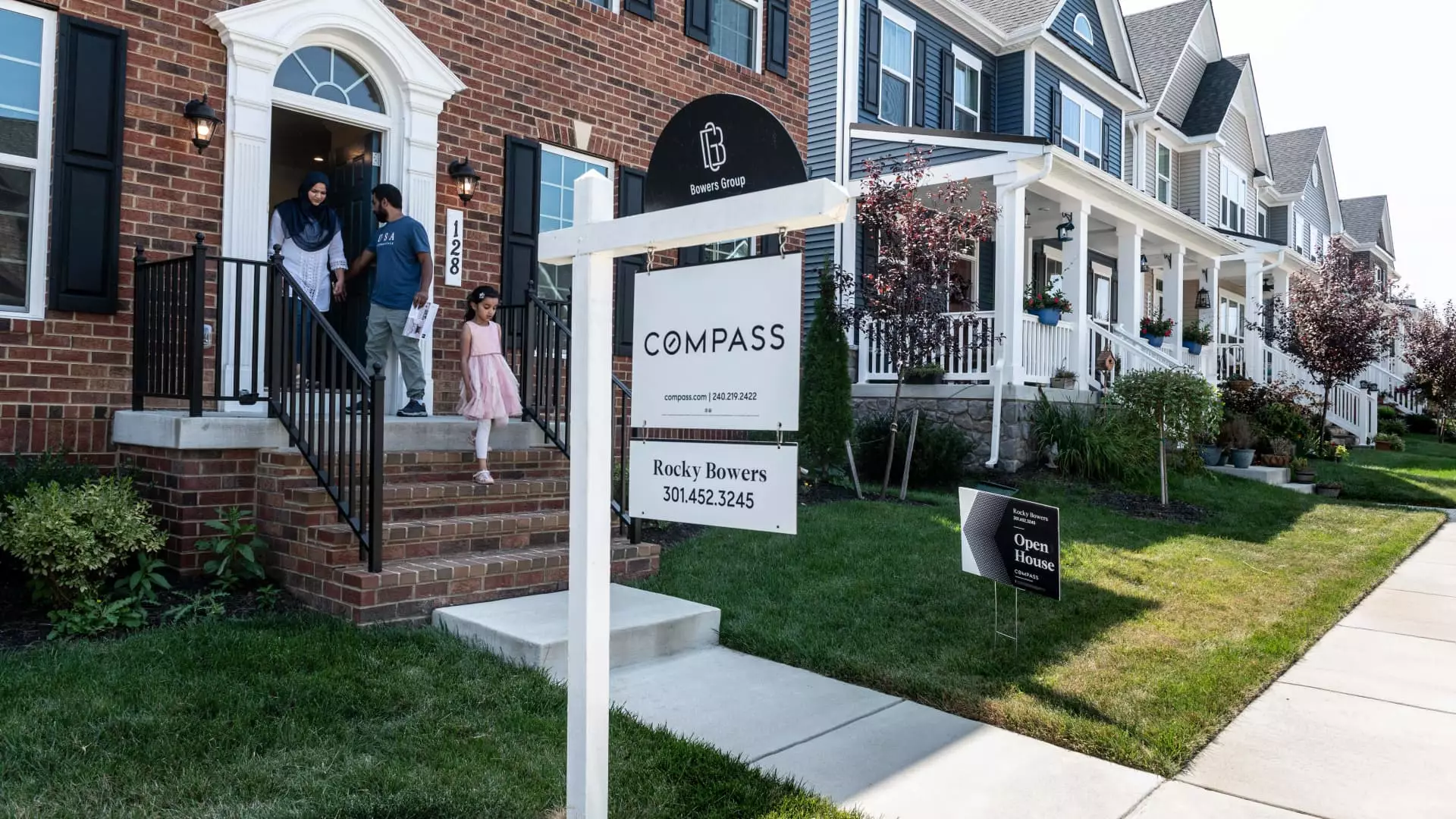The U.S. housing market, already grappling with the effects of high mortgage interest rates and a constrained supply of homes, now faces the additional burden of tariffs on essential building materials. This combination of factors complicates an already precarious situation for homebuyers and builders alike. The impacts of these tariffs are profound, as they add considerable pressure, particularly on the affordability of housing for first-time buyers. Understanding the key components of this situation provides insight into the future of the market and informs potential strategies for alleviating its negative effects.
Rising Material Costs: The Tariff Dilemma
At the heart of the current crisis lies the stark reality of increased construction costs due to tariffs. The importation of softwood lumber from Canada and gypsum wallboard from Mexico—two vital components of home construction—has become a significant concern following the 25% tariffs imposed on these products. The National Association of Home Builders (NAHB) emphasizes that over 70% of essential building materials come from Canada and Mexico, meaning that tariffs will inevitably inflate construction costs. As Carl Harris from the NAHB articulated, the burden ultimately falls on consumers, leading to skyrocketing home prices.
With home prices climbing dramatically since the onset of the COVID-19 pandemic, the affordability crisis is exacerbated by these new tariffs. The S&P Corelogic Case-Shiller national home price index indicated a staggering 40% increase in prices since the pandemic began. The outlook for new homebuyers—who are often acutely sensitive to shifts in costs—is particularly grim. Jaret Seiberg from TD Cowen hinted that these tariffs could worsen the already dire situation for first-time buyers while simultaneously pressuring policymakers to create incentives for entry-level construction.
As if rising costs weren’t enough, the housing market must also account for broader economic conditions. The prospect of increased inflation, driven by tariffs on imports, could lead lenders to adjust interest rates, hampering potential buyers’ purchasing power before they even step into the market. Homebuyers may find that even if prices stabilize, the fluctuating interest rates complicate their ability to secure loans at favorable terms.
Moreover, the tariffs are not only an immediate economic concern; they are also setting the stage for long-term market dynamics. A potential scenario could see a decrease in the number of affordable homes available, particularly if builders are discouraged from pursuing new projects due to heightened costs. The expectation for interest rates to fall could dissolve if inflation resurges, further pushing consumers away from homeownership.
Builders across the country are feeling the strain caused by an increase in material costs. Although larger companies may have more resilience against fluctuations in supplies, even they are not immune to the challenges these tariffs present. Sheryl Palmer, CEO of Taylor Morrison, highlighted that despite a reduced reliance on imported lumber, all builders face ramifications that ultimately affect consumers’ ability to purchase homes.
Compounding this issue is the ongoing labor shortage within the construction sector. The construction workforce is heavily reliant on immigrant labor, but with recent policy changes, particularly regarding immigration enforcement, the availability of workers has diminished. Bruce McNeilage, CEO of Kinloch Partners, poignantly pointed out the paradox: while the industry seeks to bolster its workforce, stricter immigration policies could simultaneously drive away those essential laborers.
As the U.S. housing market rides the wave of these challenges, several strategies may emerge to help mitigate the adverse effects of tariffs. Policymakers and builders alike may need to rally behind measures aimed at boosting local production of essential materials and addressing labor shortages through targeted immigration reforms. Incentives for new housing developments, particularly those designed for first-time buyers, could alleviate some of the pressures caused by increased costs.
Additionally, collaborations between government, builders, and industry associations may be necessary to negotiate tariff exemptions or reduced import duties on critical materials. In doing so, stakeholders can work to stabilize construction expenses and promote a healthier housing market.
The convergence of escalating home prices, material tariffs, and labor shortages presents a multifaceted crisis for the U.S. housing market. By recognizing these interconnected challenges, all parties can pursue innovative solutions to foster a more accessible and sustainable housing landscape for future generations.

